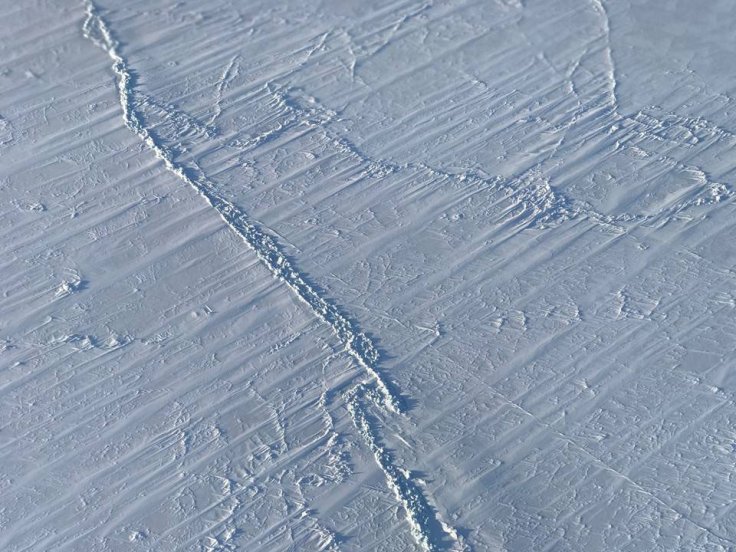
The Arctic sea ice has been declining at an alarming rate in the last four years triggering fears of altering shipping routes, increasing coastal erosion and affecting ocean circulation, said NASA scientists.
Beginning March 22, NASA has undertaken the Operation IceBridge to map the distribution and thickness of ice in the Arctic Ocean with its new satellite mission, the Ice, Cloud and Land Elevation Satellite-2 (ICESat-2).
On March 17, the Arctic sea ice cover peaked at 5.59 million square miles, making it the second lowest maximum on record, at about 23,200 square miles larger than the record low maximum reached on March 7, 2017, observed NASA, which indicates the decades-long trend of diminishing sea ice in the Arctic.
This year's maximum extent was 448,000 square miles, an area larger than Texas and California combined and far below the 1981 to 2010 figures. The sea ice cover blanketing the Arctic Ocean thickens and expands during the fall and winter, reaching the peak in early April. It then shrinks to reach the annual minimum extent in September.
The declining ice in the Arctic sea impacts climate and weather patterns, affects plants and animals and the indigenous human communities that rely on them.
Claire Parkinson at NASA's Goddard Space Flight Center in Greenbelt, Maryland explains, "The warming means less ice is going to form and more ice is going to melt, but also, because there's less ice, less of the sun's incident solar radiation is reflected off, and this contributes to the warming."
The Arctic has repeatedly seen warm episodes this winter, with temperatures touching 40 degrees above average in some regions, while the North Pole experienced temperatures above the freezing point for a few days in February. It means ice becomes mobile and exits the Arctic this summer through either the Fram or Nares straits, ultimately melting in the warmer waters of the Atlantic Ocean.
"This old, thicker ice is what we expect to provide stability to the Arctic sea ice system, since we expect that ice not to be as vulnerable to melting out as thinner, younger ice," said Alek Petty, a sea ice researcher at Goddard.









